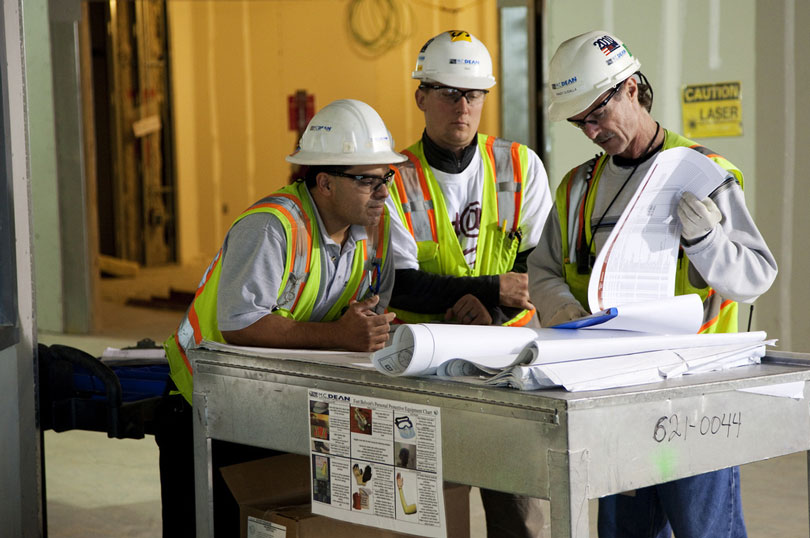Introduction
Are you considering ground-up development and construction projects in Los Angeles? Whether you’re an experienced developer or a newcomer to the industry, navigating the process in a sprawling city like LA can be daunting. This guide aims to demystify the key aspects of ground-up development and construction, providing you with essential insights and tips for a successful project.
Understanding Ground-Up Development
What is Ground-Up Development?
Ground-up development refers to the construction of a new building or structure on a vacant lot or land parcel. Unlike renovations or remodels, which involve existing structures, ground-up development starts from scratch, from planning and permitting to construction and finishing.
Benefits of Ground-Up Development
- Customization: You have full control over the design, layout, and features of the new building.
- Modernization: Allows for integration of the latest technologies and sustainable practices.
- Long-term Investment: New constructions often have lower maintenance costs initially and can attract higher rents or resale values.
Steps in Ground-Up Development
1. Feasibility Assessment
Before diving into a project, conduct a thorough feasibility study. Consider factors such as zoning regulations, environmental impact, market demand, and financial feasibility.
2. Site Acquisition
Once you’ve identified a viable project, secure the necessary land or property. This involves negotiations, legal processes, and due diligence to ensure the site meets your project’s requirements.
3. Design and Planning
Collaborate with architects, engineers, and designers to create detailed plans for the new construction. This includes conceptual designs, blueprints, structural engineering, and obtaining necessary permits.
4. Budgeting and Financing
Develop a comprehensive budget that covers all aspects of the project, from land acquisition and construction costs to contingency funds. Secure financing through loans, investors, or partnerships.
5. Construction Phase
Hire reputable contractors, subcontractors, and construction teams to execute the project according to the approved plans and timelines. Monitor progress, address any issues promptly, and ensure compliance with building codes and safety regulations.
6. Finishing Touches
Once construction is complete, focus on interior finishes, landscaping, utilities, and amenities. Prepare the property for occupancy or sale, ensuring all legal and regulatory requirements are met.
Construction in Los Angeles: Key Considerations
Zoning and Permitting
Los Angeles has specific zoning regulations and building codes that dictate the type, size, and use of structures in different areas. Obtain necessary permits and approvals from the city’s departments, such as the Department of Building and Safety (LADBS) and the Planning Department.
Environmental Impact
California places a strong emphasis on environmental sustainability and conservation. Consider green building practices, energy-efficient designs, and compliance with environmental regulations to minimize the project’s ecological footprint.
Market Trends and Demands
Stay updated on the real estate market trends in Los Angeles. Analyze demand for residential, commercial, or mixed-use properties in different neighborhoods to align your project with market preferences and potential tenants or buyers.
Construction Costs and Timelines
Construction costs in Los Angeles can vary widely based on factors such as location, labor rates, material availability, and project complexity. Create realistic budgets and timelines, accounting for potential delays or cost overruns.
Tips for Successful Ground-Up Development
- Engage with Local Experts: Work with experienced real estate agents, attorneys, architects, and contractors familiar with the Los Angeles market and regulatory landscape.
- Prioritize Quality and Safety: Invest in high-quality materials, skilled labor, and rigorous safety protocols to ensure a durable and compliant construction.
- Community Engagement: Consider community feedback and concerns, especially in sensitive or historic neighborhoods. Building positive relationships with neighbors can enhance project support and approvals.
- Adaptability: Be prepared to adapt to unforeseen challenges or changes during the development process. Flexibility and proactive problem-solving are essential.
- Sustainability Focus: Incorporate sustainable design elements, energy-efficient systems, and eco-friendly practices to enhance the project’s appeal and long-term value.
Conclusion
Ground-up development and construction in Los Angeles offer immense opportunities for innovation, investment, and growth. By understanding the process, navigating regulatory requirements, and embracing best practices, you can embark on successful projects that contribute positively to the city’s built environment and communities. Stay informed, collaborate with experts, and strive for excellence in every aspect of your development journey.

